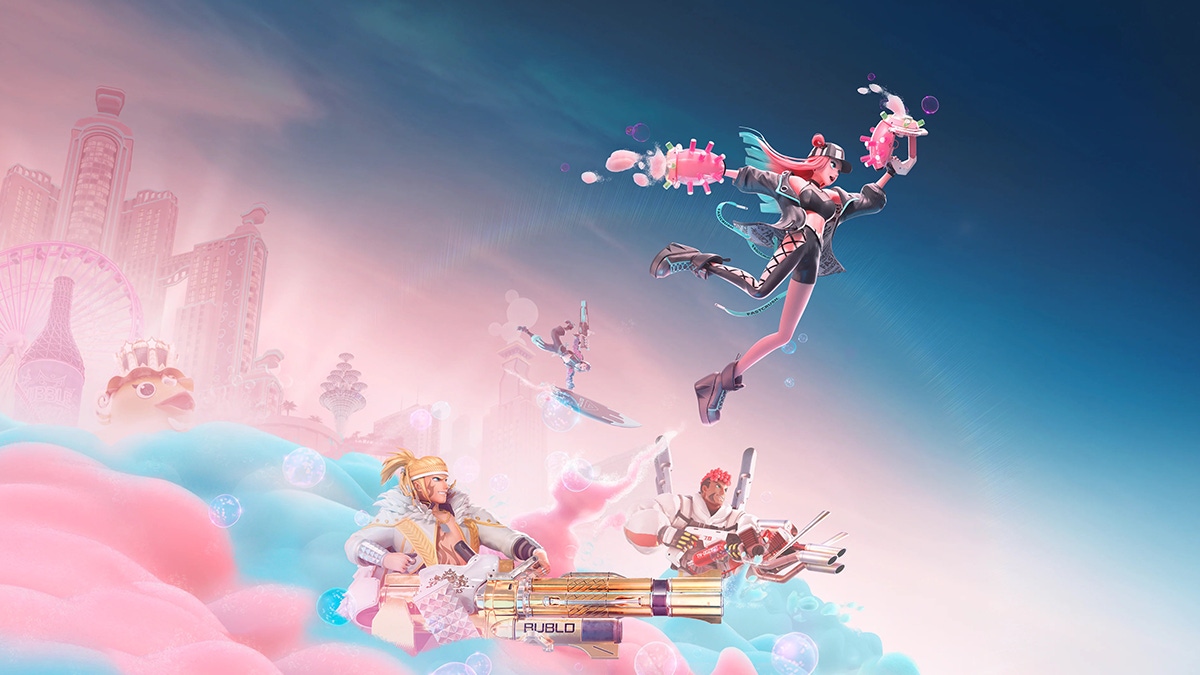Trending
Opinion: How will Project 2025 impact game developers?
The Heritage Foundation's manifesto for the possible next administration could do great harm to many, including large portions of the game development community.
Square Enix has confirmed developer Toylogic experimented with Midjourney to create in-game album artwork.

Square Enix has confirmed Foamstars developer Toylogic included AI generated artwork churned out by Midjourney in its upcoming multiplayer shooter.
The publisher broke the news to VGC and explained the tool was used to create in-game album covers for music included on the Foamstars soundtrack. Those covers will appear in the final product.
"In this instance, we experimented with Midjourney using simple prompts to produce abstract images," said the company in a statement. "We loved what was created and used them as the final album covers players will see in the game. Everything else was created entirely by our development team."
That email was sent to VGC to clarify remarks made by Foamstars producer Kosuke Okatani during a recent press event, where he said AI had been used to create some in-game icons but that 99.9 percent of the assets were created by hand.
"All of the core elements in Foamstars—the core gameplay and the things that make the game enjoyable—those are all made by hand,” he said. "However, we did want to experiment with AI as well."
That desire to experiment resulted in the team tinkering with Midjourney, which is currently being sued by a group of visual artists for allegedly using their work to train generative AI systems. As reported by Reuters, one of the plaintiffs on that lawsuit described Midjourney and other AI image tools as "copyright-laundering devices."
Square Enix, however, believes generative AI tools can be used to create "new forms of content for consumers."
Weighing in on the topic during the company's latest annual new year's letter, Square Enix president and representative director, Takashi Kiryu, said the publisher would be "aggressive" when applying AI and other tech during 2024.
"Artificial intelligence and its potential implications had for some time largely been subjects of academic debate," he wrote. "However, the introduction of ChatGPT, which allows anyone to easily produce writing or translations or to engage in text-based dialogue, sparked the rapid spread of generative AIs.
"Its release made it apparent that the applicability of generative AI was by no means limited to text, and the subsequent months saw a quick succession of launches of new services and content that expanded generative AI into a variety of domains with close ties to digital entertainment, including images, video, and music."
He went on to suggest AI tools could "fundamentally" alter how developers create video games.
You May Also Like